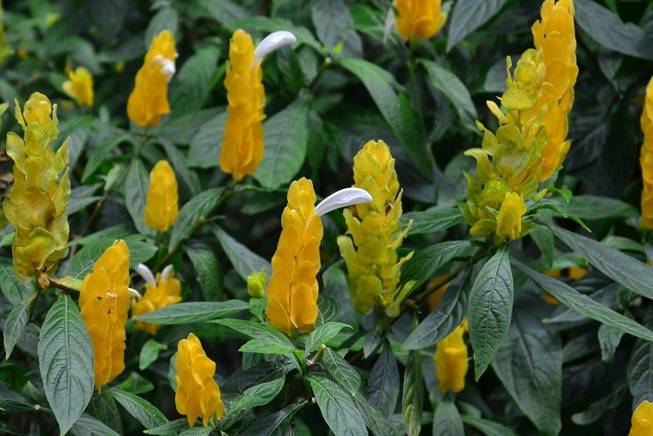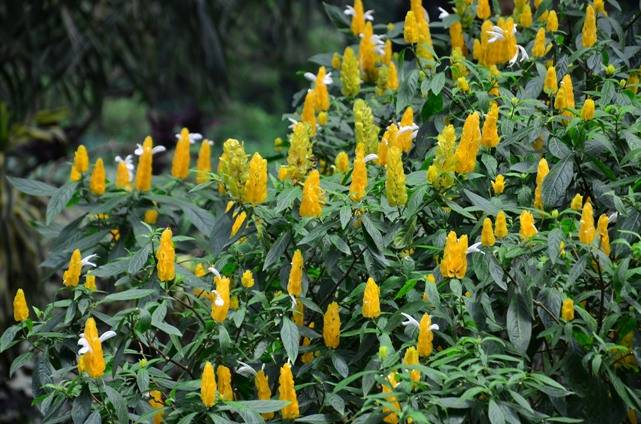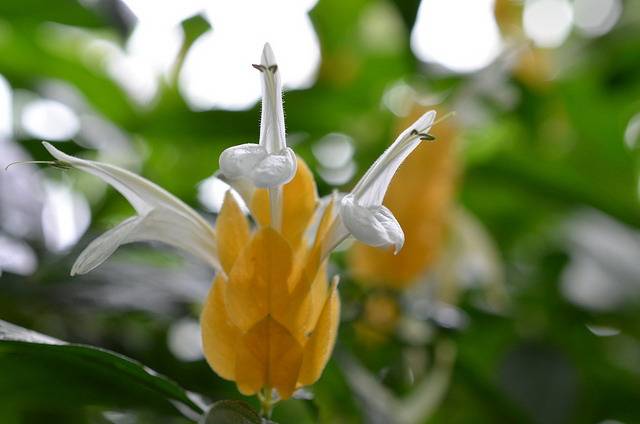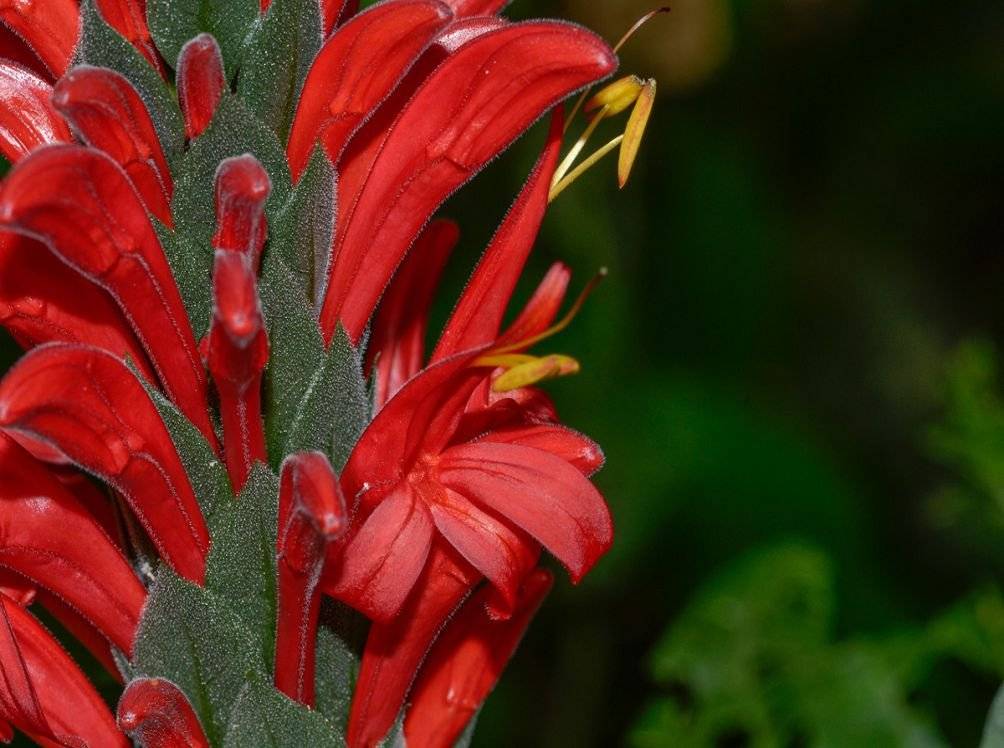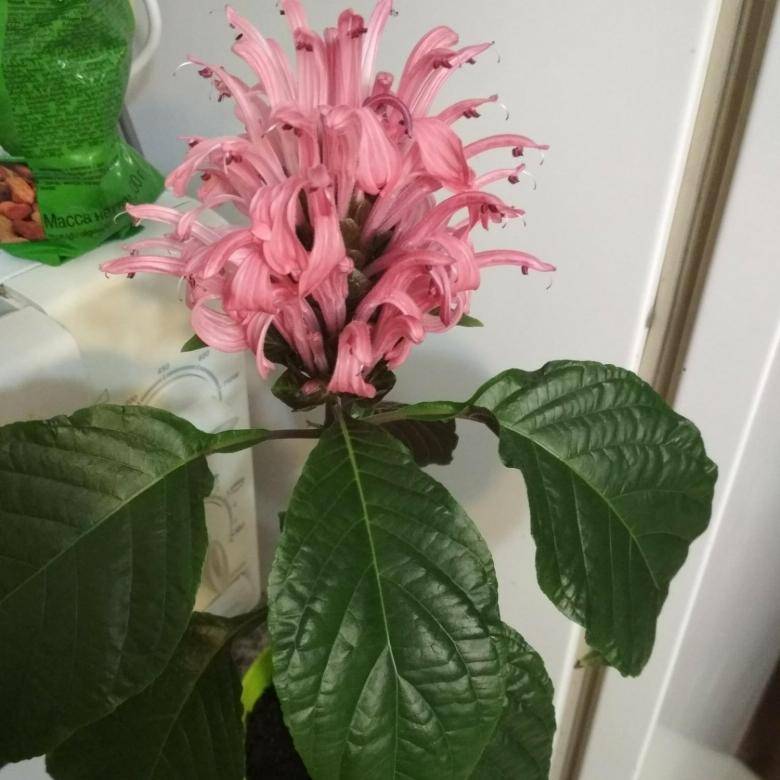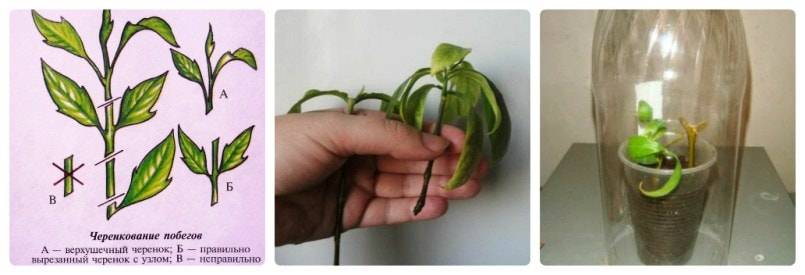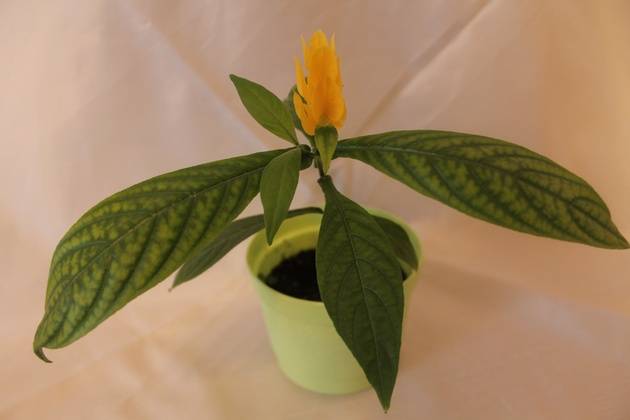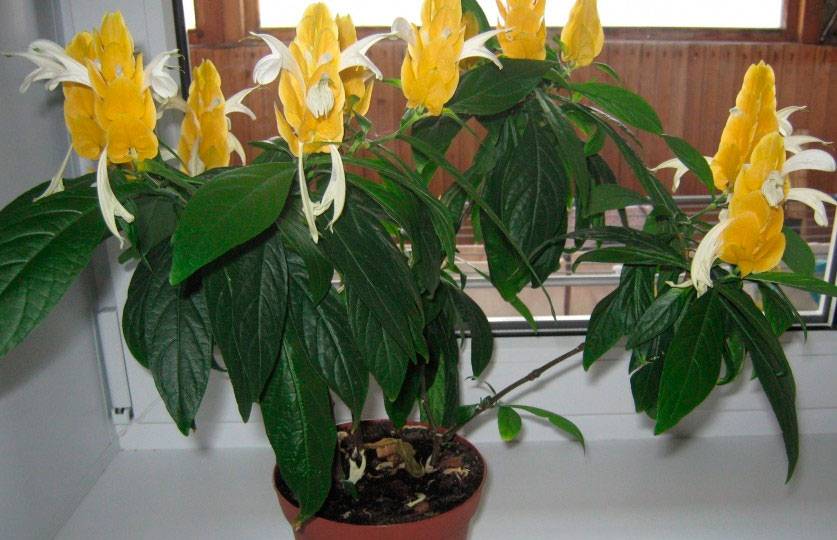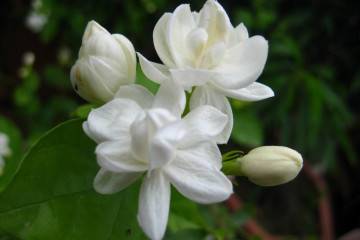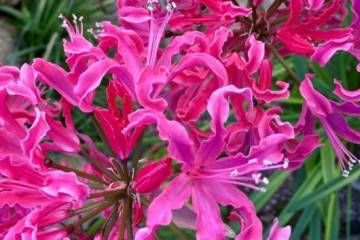Pachystachis yellow and red - how to care for a plant
Content:
An exotic plant with a beautiful name is the cherished dream of many amateur flower growers. The tropical flower pachistachis is notable for its rare beauty. Care and reproduction does not require much effort. Pachistachis yellow will decorate the house and help to create comfort in it.
Pachistachis - what is this flower
The pachystachis flower is an evergreen plant from the Acanthus family. The name of this flower, translated from ancient Greek, means "thick ear". About 12 species belong to the genus Pachistachis. All of them are grown by flower growers as ornamental plants. This flower grows in the rainforests of Central and South America, on the east coast of Australia and even in the subtropics of East India.
Short description
Pachistachis is a semi-shrub that grows up to 90–120 cm. It has long (up to 10 cm) dark green oval leaves. On the slightly wrinkled leaves, pointed at the end, veins are clearly visible. A small (up to 5 cm long) white flower is almost hidden behind large yellow bracts. These leaves form a tall, dense inflorescence, outwardly similar to a spike 10 cm high. The flowers have two lips, which makes them resemble shrimp.
Varieties of indoor plants with names
The indoor flower pachistachis does not differ in a wide variety of species, there are only 12 of them. But these elegant flowers are a rarity in the homes of amateur florists. Pachistachis first became a room flower in the 19th century, it was brought from America by travelers.
Pachystachis yellow (Pachystachys lutea)
Pachystachys Lutea is the most common type of this flower in amateur floriculture. Its bracts are bright yellow in color, hence the name of the variety. The plant grows up to 120 cm. Its straight shoots hold tight and even stiffen near the root. During flowering, 10 yellow bracts with white flowers bloom on the plant.
Pachystachis red (Pachystachys Coccinea)
Pachystachys Coccinea is much less common. The plant is very tall, grows up to 2 m. Its bracts, forming a dense inflorescence, have a dark green color. Against this background, the red petals contrast sharply. Corolla-shaped flowers of 4 petals grow up to 5 cm in length. Three petals are bent almost horizontally downward, and the fourth is located above them. Long yellow stamens are visible in the corolla. The dark green leaves are firmly attached to the trunk. Sometimes there are leaves with burgundy spots. In their shape, the leaves resemble an elongated oval, the length of which can reach 40 cm.
How to care for pachistachis at home
A rare tropical plant requires a lot of attention and care. The life and beauty of an exotic flower depends on quality care for it. Many indoor flower lovers refuse to grow this plant on their own, because they do not know how to care for pachistachis.
Illumination and temperature conditions
Bright diffused lighting is required. Direct sunlight can burn the leaves of the plant. It is advisable to place pachistachis near a window facing east or west. The south window must be shaded with a light curtain or screen. In winter, pachistachis should be placed near the south window.
In summer, the flower needs a temperature of 21-24 ° C, but it does not tolerate heat well. In winter, the room where the pachistachis grows should not be colder than 13-15 ° C.
Watering rules and humidity
Pachistakhis loves moist soil, so in summer it is watered every 3 days, and in winter every 10 days. It is important not to allow excess moisture, otherwise the roots will rot. If the pachistakhis has dropped the leaves, it means that it urgently needs to be watered. But even after watering, the flower sheds these leaves. We'll have to cut off the shoots.
The air humidity in the room must be at least 50%. It is necessary to spray the pachistachis daily with soft water, but so that the spray does not fall on the inflorescences, otherwise they will wither.
Top dressing and soil quality
Pachystachis should be fed in the summer months once every 3-4 weeks. Mullein infusion is ideal as fertilizer. In addition, you will need a special fertilizer for flowering plants. It is important to take precautions: the fertilizer should not fall on the stems of the plant. In winter, the flower can be fed once every 1–1.5 months.
Loose soil is required that allows air and liquid to pass through well. You also need to take care of drainage. Expanded clay is placed on the bottom of the pot, as well as on the pallet. Then the substrate is mixed. There are two ways to prepare soil.
Three components are mixed in a 2: 1: 1 ratio:
- compost;
- peat;
- sand or perlite.
5 components are mixed in a ratio of 2: 1: 1: 1: 1:
- sod land with clay;
- humus;
- peat;
- leafy land;
- sand.
Flower container size
You need a deep pot with a hole in the bottom. The flower grows quickly, so it needs a lot of space. In the open field, pachistachis can grow for 1 year, and indoors for several years.
Pruning and replanting
It is advisable to transplant the plant into a new pot immediately after purchase. This flower is sold as small seedlings. Pachistachis need to be replanted every year. The optimal time for transplants is April. If roots appear from the pallet or the bottom of the pot, then you need to urgently transplant the plant into a larger pot.
You need to regularly prune the shoots, otherwise it will stop blooming. If the branches are very elongated, it is necessary to cut off a significant part of them and leave 5-15 cm. Pruning should be done as the shoots grow back.
Features of flowering plants
You can admire for a long time how yellow pachistachis blooms. Care for him must be careful, otherwise flowering will not start.
A period of activity and rest
Pachistachis blooms from spring to mid-autumn - from April to October. Low shrubs bloom much more actively than their tall relatives. Pachistachis grows slowly.During the year, its shoots grow by 8-10 cm. With a lack of light, it stops blooming.
Types and shape of flowers
Pachistachis is famous for its unusual shape and the presence of bracts forming a tall ear. The red pachystachis flower is shaped like a sail, and the yellow flower is like a candle or shrimp.
Reproduction of pachistachis by cuttings
Inexperienced growers are eager to learn how to propagate pachistachis. Cutting is the only way this flower can be propagated. Before rooting new seedlings, an adult pachystachis is preliminarily pruned. Reproduction of this plant is carried out by cuttings cut from the mother plant.
The air temperature during planting must be at least 24 ° C. In advance, you need to prepare the soil from peat and perlite. The substrate must be thoroughly loosened and watered abundantly. Each cutting must be treated with heteroauxin and rooted in the soil. Then the pot is covered with glass or plastic wrap for 3 weeks. Growing a flower from a seedling will take about six months. After that, you can continue to breed new flowers from the mother tree.
Growing problems, diseases and pests
Pachistachis must be protected from drafts and cold air. Flowers can turn yellow and wilt due to stale air if the room is rarely ventilated. If water gets on the flower during spraying, it can also wither.
Leaves near the roots may fall off due to cold or insufficiently moistened soil. Pale leaves are a sign that pachistachis urgently needs to be fed with fertilizer.
For this plant, such pests as whitefly, thrips, ticks, mealybugs, spider mites, and scale insects are dangerous.
Many novice flower growers are interested in why the leaves of the pachistachis are curled. This is a sign of the appearance of a spider mite. Dust or cobweb appears on brown leaves.
If yellow dots appear on the leaves, it means that a scale insect or spider mite has started up on the flower. The sticky leaves with brown scales are another sign of scaly infestation. The appearance in the axils of the leaves of white lumps, similar to cotton wool, indicates a mealybug infection.
How to deal with them
The flower is resistant to disease, but parasites often appear in its leaves. If any pests are found, you need to thoroughly rinse the plant in the shower, then treat with insecticides. Large pests can be harvested by hand. Proper care will keep this amazing plant alive for a long time.
The dream of many keen flower growers is exotic pachistachis. Caring for it at home is quite simple, but requires regularity and a responsible attitude.
